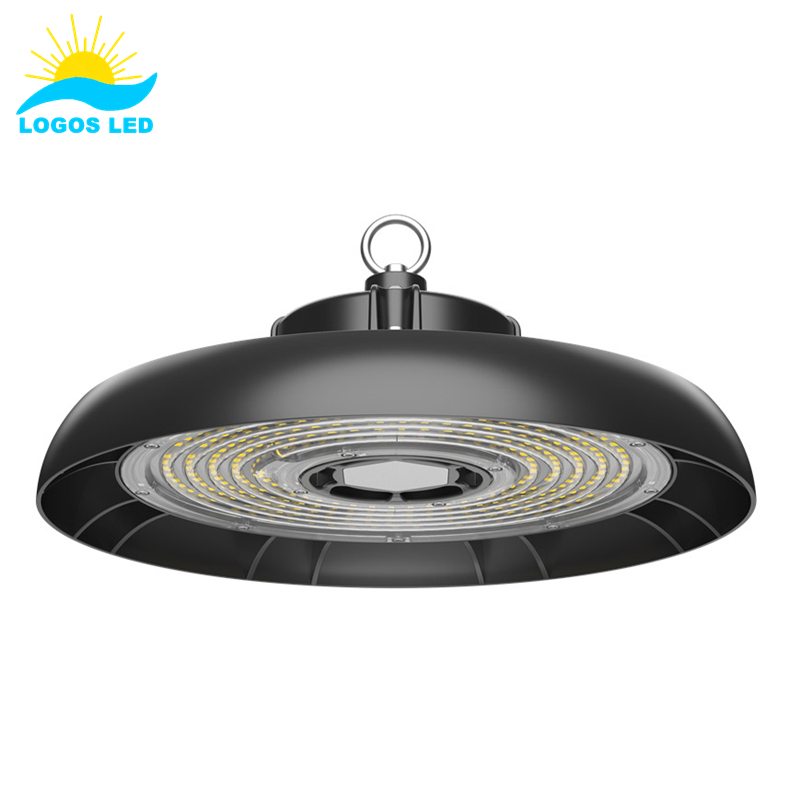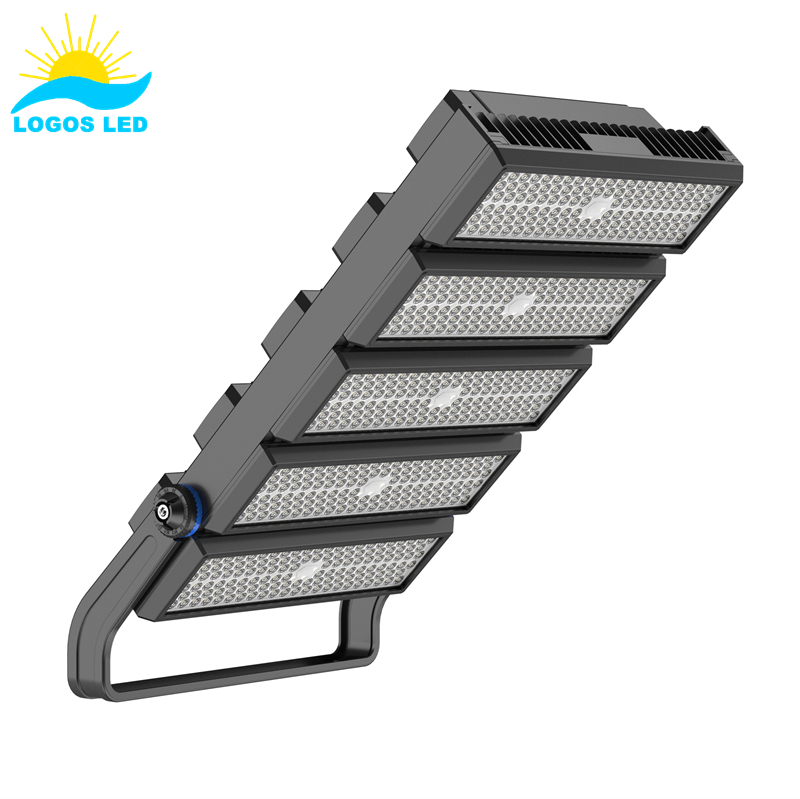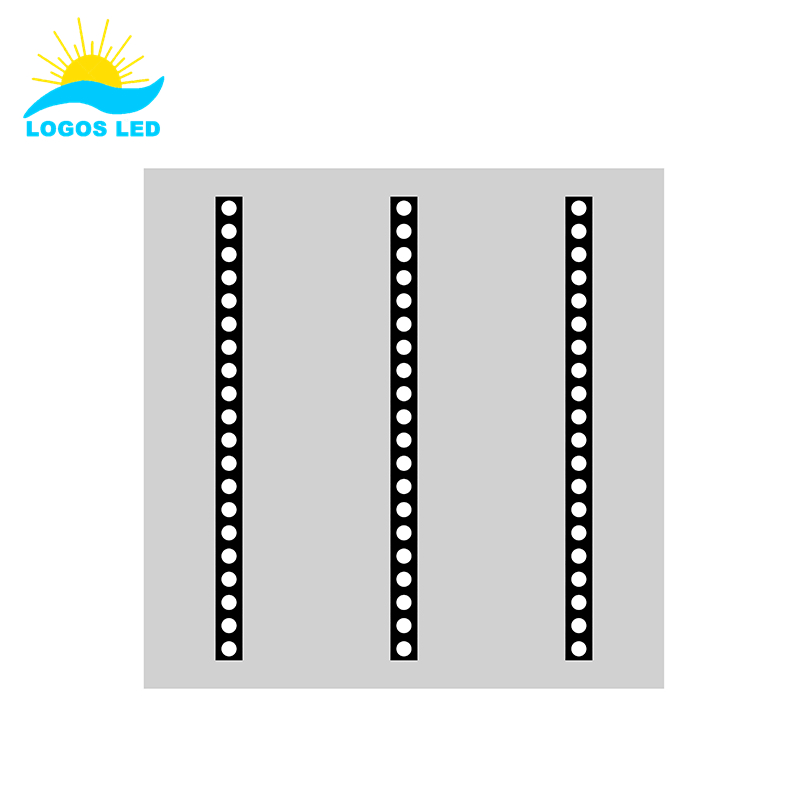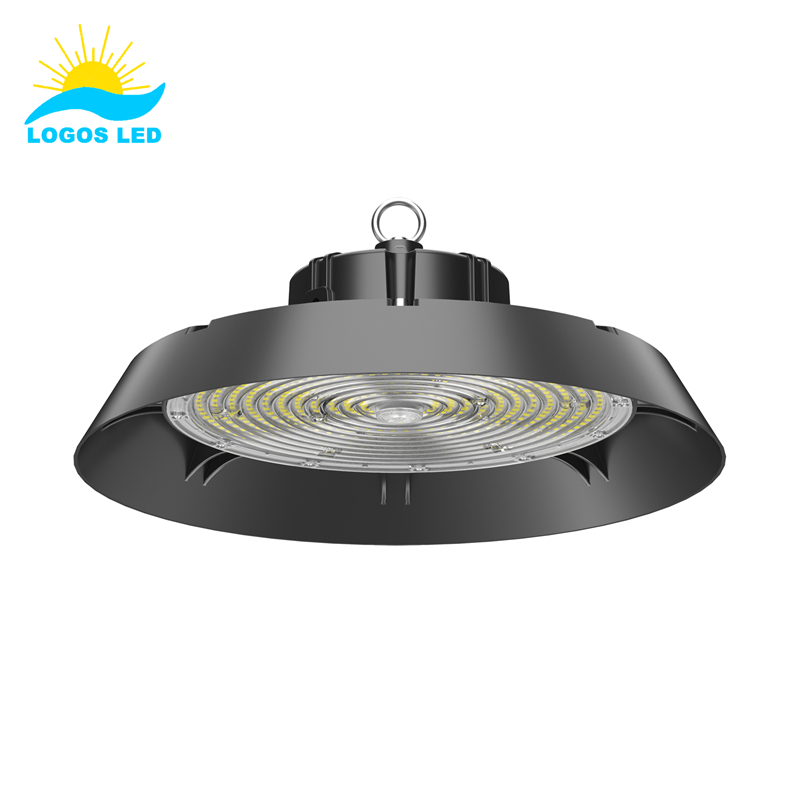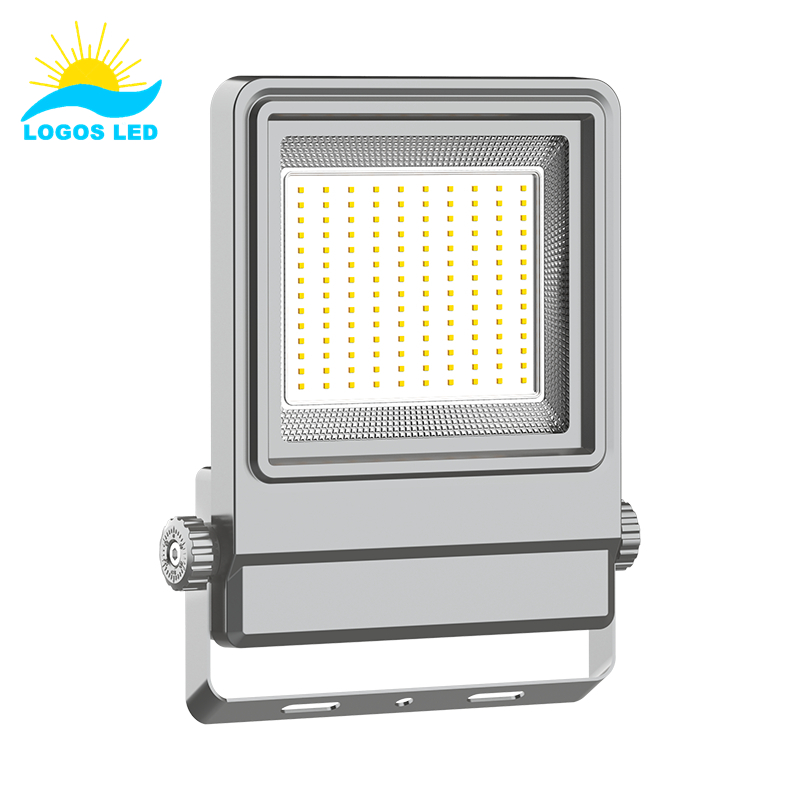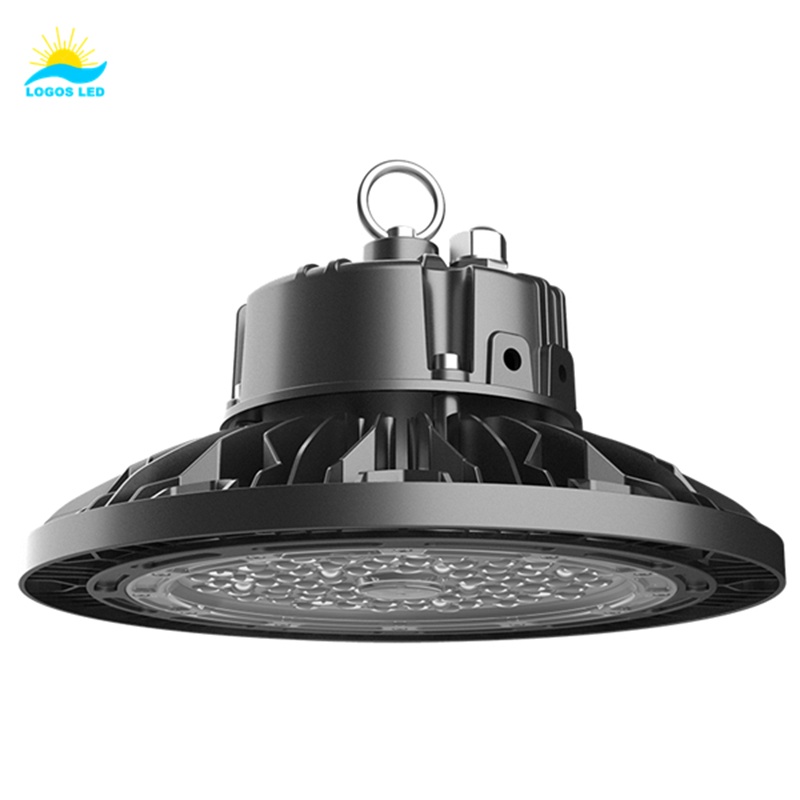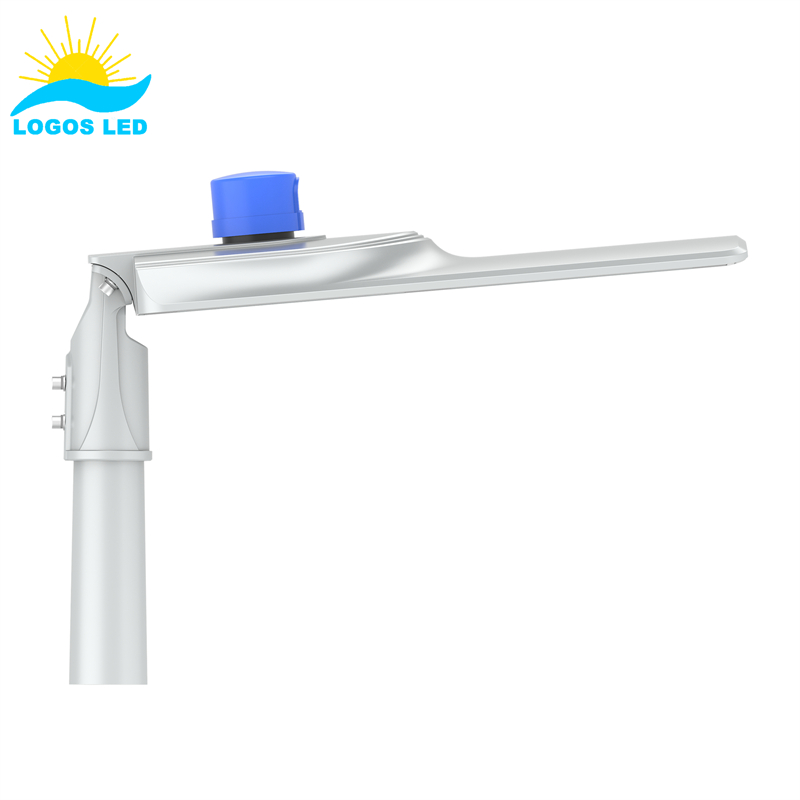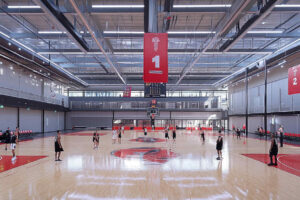Ever walked into a store with strange-looking colors or a workspace that’s too bright or dim for comfort? Poor lighting design causes discomfort, low productivity, and even loss of sales–but knowing key lighting metrics solves it all.
Lighting metrics are measurements that help you select the right LED lights for your space. Color Rendering Index (CRI), Correlated Color Temperature (CCT), and Foot-Candles measure lighting quality, tone, and brightness. CRI tells you how naturally colors appear. CCT indicates whether your lighting feels warm (yellowish), neutral, or cool (bluish). Foot-Candles show the brightness of your lighting. Understanding these three metrics guarantees better lighting designs, meeting commercial lighting standards and creating more comfortable spaces for your employees or customers.
I’m confident this article will help you master these important metrics—so stay with me just a bit further!
Table of Contents
What Exactly Does Color Rendering Index (CRI) Mean?
Color Rendering Index (CRI) is a metric that measures how accurately a light source reveals the true colors of objects compared to natural sunlight. The scale ranges from 0 to 100, where:
-
100 represents perfect color rendering, identical to natural daylight.
-
Lower values indicate poorer color accuracy, causing colors to appear washed out, dull, or distorted.
Why CRI Matters
-
High CRI (90 and above):
Lights with a high CRI make colors appear vibrant, rich, and natural. This is crucial for businesses where precise color perception is essential, such as:-
Paint stores
-
Clothing boutiques
-
Art galleries
-
Photography studios
-
-
Moderate CRI (80–85):
Suitable for general workplaces, offices, and commercial environments where perfect color accuracy is less critical but still important for a comfortable and visually pleasing atmosphere.
Choosing lighting with a high CRI ensures that products, spaces, and people look their best and most true-to-life. This enhances customer experience, improves visual comfort, and supports tasks that depend on accurate color perception.

Color Rendering Index
What Does Correlated Color Temperature (CCT) Stand For?
Correlated Color Temperature (CCT) describes the color appearance of your LED lighting—specifically, how “warm” or “cool” the light looks to the human eye. It’s measured in Kelvin (K) and helps you understand the mood and atmosphere the light will create.
Understanding CCT Values
-
Warm Lighting (2700K to 3500K):
Emits a soft, cozy yellowish glow similar to candlelight or a sunset. This type of lighting is perfect for creating inviting, relaxing environments such as cafes, restaurants, and lounges. -
Neutral Lighting (3500K to 4500K):
Provides balanced, natural illumination that isn’t too warm or too cool. It’s ideal for offices, showrooms, and retail spaces where clear visibility and comfort are important. -
Cool Lighting (4500K and above):
Produces a bright, crisp, bluish-white light that feels energizing and alerting. This lighting suits warehouses, laboratories, hospitals, and task-oriented environments where focus and accuracy are key.
Why CCT Matters
Choosing the right CCT directly influences:
-
Mood: Warm light promotes relaxation, while cool light boosts alertness.
-
Productivity: Neutral to cool lighting can enhance concentration and efficiency.
-
Satisfaction: Proper lighting makes spaces more comfortable and visually appealing.
Selecting the optimal LED color temperature ensures your lighting supports the function and feel of your space perfectly. For more detailed guidance, check out resources like How to Choose LED Light Color Temperature?
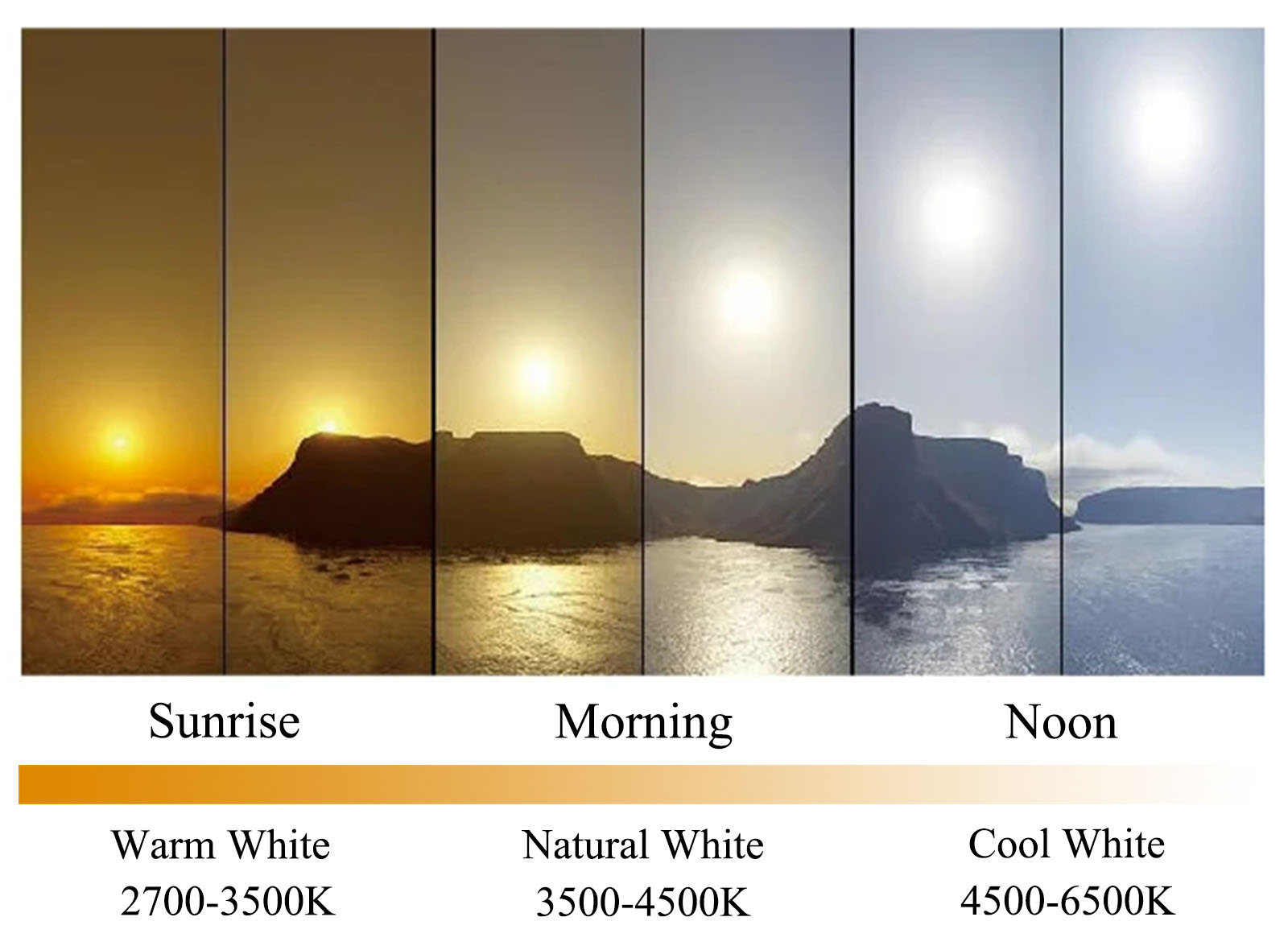
Light Color Temperature
Foot-Candles: How Do They Actually Measure Brightness?
Foot-candles (fc) are a unit of measurement that quantify how much light actually reaches a surface. Think of it this way: if you have one candle burning one foot away from a surface, the amount of light hitting that surface is approximately one foot-candle.
Why Foot-Candles Matter
Different environments and tasks require different levels of illumination to ensure safety, comfort, and efficiency:
-
Low-intensity areas:
Spaces like hallways or storage rooms typically need 10–20 foot-candles, enough to navigate safely without wasting energy. -
Detailed workspaces:
Areas such as factories, hospitals, or laboratories often require 50–100 foot-candles to provide clear visibility for precision tasks. -
High-intensity environments:
Sports arenas, studios, or specialized manufacturing may demand 100–200 foot-candles or more to ensure excellent visibility and performance.
Choosing the Right Foot-Candle Level
Selecting the appropriate foot-candle level for your space is crucial for:
-
Clear visibility to reduce errors and accidents
-
Comfortable lighting that minimizes eye strain
-
Energy efficiency by avoiding over-illumination
For detailed guidance on recommended foot-candle levels for various applications, check out Footcandles and Lux – How Much Lighting Do I Really Need?
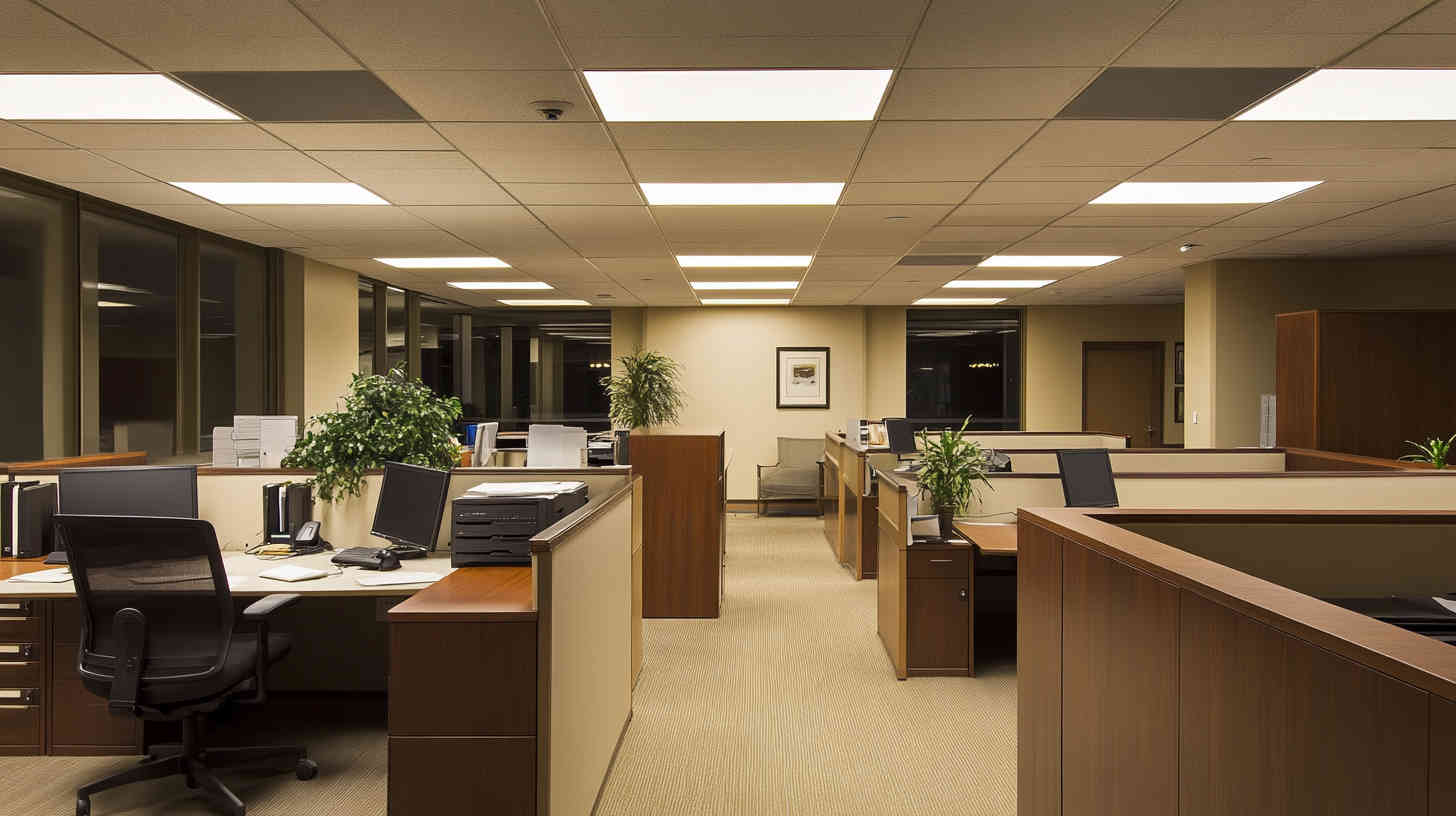
CRI vs CCT: What’s the Real Difference?
CRI measures the accuracy of colors under a light source, while CCT determines how warm or cool that light looks to your eyes. For example, you could have two bulbs with identical CCT (say, both 4000K neutral white). One may have a high CRI of 95, displaying vibrant colors, while the other, at CRI 75, gives murky or distorted colors. Understanding both metrics allows you to deliver visually appealing lighting design—high CRI for accurate colors; CCT for comfortable color tones.
Should You Prioritize CRI or CCT for Commercial Projects?
Which matters most depends entirely on your project’s requirements. Retail spaces prioritizing product appearance should primarily focus on high CRI ratings to show true colors. Office environments or warehouses usually benefit more from selecting optimal CCT for productivity and worker comfort over maximum color accuracy. Yet, truly outstanding lighting design considers both CRI and CCT simultaneously for client satisfaction in all scenarios.
Are There Any Disadvantages to Using High CRI Lighting?
Higher CRI usually comes with slightly lower energy efficiency and higher costs. High CRI LEDs often use advanced materials and more complex technologies, increasing their initial purchase price. However, considering how well these lights accurately represent your products and impress customers, the benefits easily justify the extra spend for retail, hospitality, or high-end showrooms. Just balance cost with required quality and decide what’s best for your business.
Does High CCT Mean Better Lighting Quality?
Higher CCT doesn’t automatically mean higher lighting quality. Instead, higher CCT produces bluish “daylight-like” tones appropriate for alertness and productivity—for example factories and hospitals. Lower CCT produces warmer, relaxed light tones ideal for restaurants, hotels, or homes. So, choosing optimal CCT depends on your specific business or design objectives instead of blindly selecting higher temperature lights.
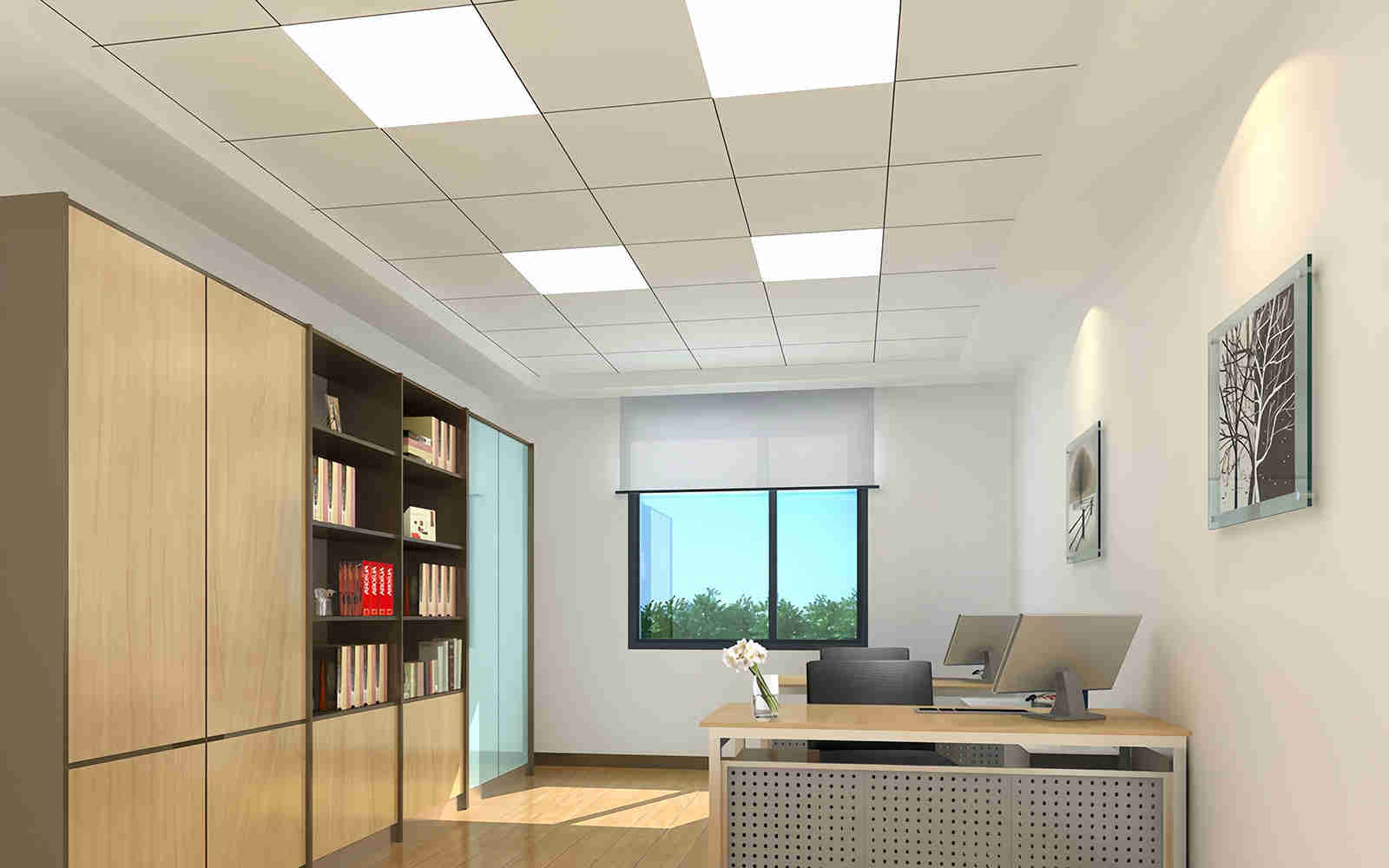
What’s the Fastest Way to Measure Foot-Candles?
The quickest, easiest way is through a dedicated tool called a foot-candle meter, also known as a lux meter. These handheld devices instantly measure the exact brightness hitting surfaces in your actual workspace. I recommend investing in a reliable meter–they’re simple to use, affordable, and give real-world data critical for accurate illumination measurement and outstanding lighting solutions.
Conclusion
Understanding these lighting metrics means better decisions, improved designs, and satisfied customers. Get comfortable using CRI, CCT, and foot-candle information consistently—it’ll position you among industry best practices. At Logos Lighting, we provide lighting solutions using top-quality components like Philips, Osram, and Meanwell to guarantee reliable and outstanding illumination. If you have questions about choosing the best LED fixtures or lighting design optimization, just feel free to contact us directly. Our lighting experts are ready to help you succeed and deliver powerful and impressive lighting implementations every single time.
Request A Free Quote Now!
Send us a message if you have any questions or request a quote. We will get back to you ASAP!



